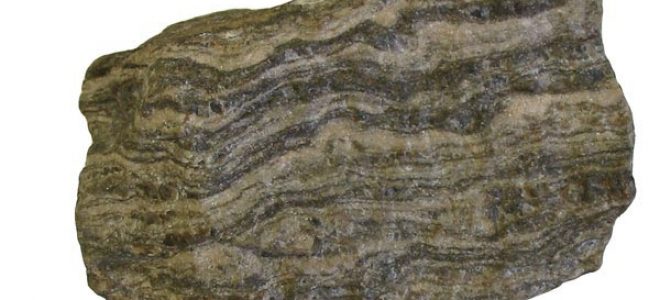Metamorphic rocks are being modified through heat. The same is also true with other chemical processes and even pressure. Usually, they are being buried deep down below the surface of the Earth. It helps though that they are being exposed to extreme conditions. They would be altered in the mineralogy, chemical composition and even texture. These concern the rocks. There are just two basic kinds of rocks. These are termed the foliated metamorphic rocks, and the non-foliated metamorphic rocks. The earlier comes with other types like that of schist, phyllite and even the gneissis. This also includes slate. As for the non-foliate, there is also the marble, hornfels, novaculite and quartzite. These are all included in various metamorphic rock facts.
Most of metamorphic rocks were built and created through chemical or physical alteration. This occurred because of the presence of heat and pressure. These also exist whenever sedimentary and igneous rocks are present. The material may indeed be denser. Since there would always be actions on the plate tectonics, stress, compression and even shearing of forces, which may be realistic for a long period of time. This is why rocks may be deformed and warped. These would all cause the compacting of them into a way smaller space volume. As a mere consequence, the metamorphic rocks would be way denser. They will be as compared to that of the original material. They would also be even less susceptible. This is why they have the tendency to be in erosional breakdown. The plates of the Earth would move into a geologic time. That is also an assurance. The plates of the earth would always move. These are made up of sedimentary and igneous rocks. These would be subducted though. These may be under the interior that is for sure. In most cases, the heat coming from the Earth may be of slight process. This is called the contact metamorphism. This occurs too.
Indeed, there are so many things to learn about Foliated and Non-foliated metamorphic rocks. For instance, foliation would be formed whenever there is pressure being squeezed to it. It may flatten or elongate it. It depends, really. These rocks would develop sheet-like or even platy structure. These would reflect the direction of the pressure. As for the non-foliated, it is different. This does not come with such structure. However, there are ways in order for them to be produced accordingly. As for Non-foliated, this does not come with any of these platy or sheet like structures. It may be the total opposite in that case. There are ways in which these rocks are being produced. There are rocks, like limestone for example which are composed of minerals that are not so flat, or elongated. No matter how much the pressure is here, and then the grains would still not align. That is the nature of it ever since. There is also another kind of metamorphism known. This is dubbed as the contact metamorphism. These are the facts about the said rock.



